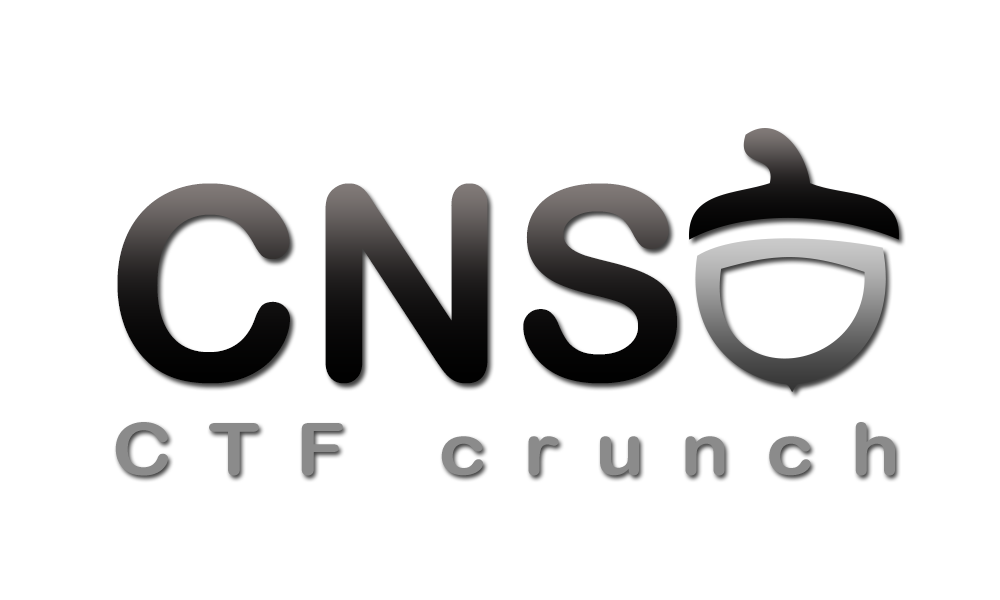Mailing List
Aside from lectures and labs, we will use a mailing list for discussions, news and feedback. The mailing list address is oss@cursuri.cs.pub.ro. You need to subscribe to the mailing in order to post. We use English on the mailing list.
Subsubcribe, Unsubscribe, Configure Account
In order to subscribe or unsubscribe from the mailing list or to configure your account (for example, receiving digest messages) use this link.
Searching on the Mailing List
- Use Gmane for browsing or searching the mailing list.
Problems Using the Mailing List
If you experience any problems using the mailing list, please contact Răzvan.
Mailing List Guidelines
For efficient communication on the mailing list, please follow the rules below.
Inline/Interleaved Posting
When replying to a message, please post below the relevant section of the initial email, not above it. This way we are able to keep the timeline of replies and the coherence of our discussion. It is common to have multiple reply sections interleaving the initial message sections.
Always leave a blank line right below the section you reply to and above the next section. By doing this, you will ensure readability, as each reply will be a different paragraph.
Plain Text Email
Always send messages in plain text; do not use HTML formatting. In GMail, you can do this through the “Plain text” link above the mail editing box. HMTML-based messages show differently in different mail clients; even if most mail clients are able to process and render HTML messages, these are usually badly formatted.
As there are no implicit formatting elements in an text-based e-mail, we recommend using these conventions:
- a blank line separates paragraphs;
- list items start with '*' (star), '-' (dash), or numbers, one n each line;
- in order to emphasize a word or set of words, add a '*' (star), '_' (underscore) or '/' (slash) before and after it;
- when using links, use [1], [2] etc. and inlcude the link at the end, one per line, like this:
[1] http://link1.com/ [2] http://link2.net/
- anything requiring extensive formatting (procedures, tasks, priorities, timeline) should be documented on a wiki page and offered as a link.
Quote Trimming
When answering to an e-mail consisting of multiple paragraphs, only quote the relevant section. Trim the rest of the e-mail if it poses little relevance for your reply. As a rule of thumb, remove the signature lines of the initial author; we already know who wrote the e-mail, due to the initial line (“X (x@example.com) wrote:”).
Please apply the same action to a longer discussion, when reaching 4-5 levels of quoting, due to multiple replies.
Proper Spelling
Please use proper spelling, without hard to read shortened forms commonly used in chats (“u”, “ur”, “wa”, “smth”). A properly written and formatted message is a sign of respect to your readers.
Reply-to-All
Please use “Reply to All” in case the message you are replying to is sent to multiple addresses (either “To” or “Cc”). The “Reply” button/command only replies to the initial author, fracturing the discussion and igniting information loss.
If you discover that a participant to the discussion didn't use “Reply to All”, add all initial participants to the next reply; you should also mention this in your reply.
Read Twice
Unlike face-to-face communication, e-mails are unable to send emotions, tone of voice etc. For this reason, a reply intended to be humorous may be interpreted as an insult. Always read twice the message you are replying to and your reply. Irony may be better left for a face-to-face discussion.
Because, no matter how many times you read an e-mail, misunderstanding are common. Do not flame your reply when receiving an angry e-mail. It may very well be a joke (maybe a bad one) or the person you are talking to may have a bad day. Try to cool down everyone by answering to the point, on a neutral tone. If required to clear something about the tone of the discussion, please send a private e-mail to that person. A flame on the mailing list is not a solution. And, anyway, people react better when provided with negative feedback in private, not in public.
Suggestive Mail Subjects
The subject of your e-mail must be very explicit in describing the content of the message.
Where possible, we recommend you prefix your mail subject with a tag that may categorize your e-mail. When offering a clear description, those receiving your e-mail will better understand what it is about. For assignments, you should mention the assignment number (e.g. ”[Asg1] Stack size in new thread” or ”[Asg2] Error when using crypt()”). Tags are also useful for other topics, such as questions or feedback regarding labs or lectures.


